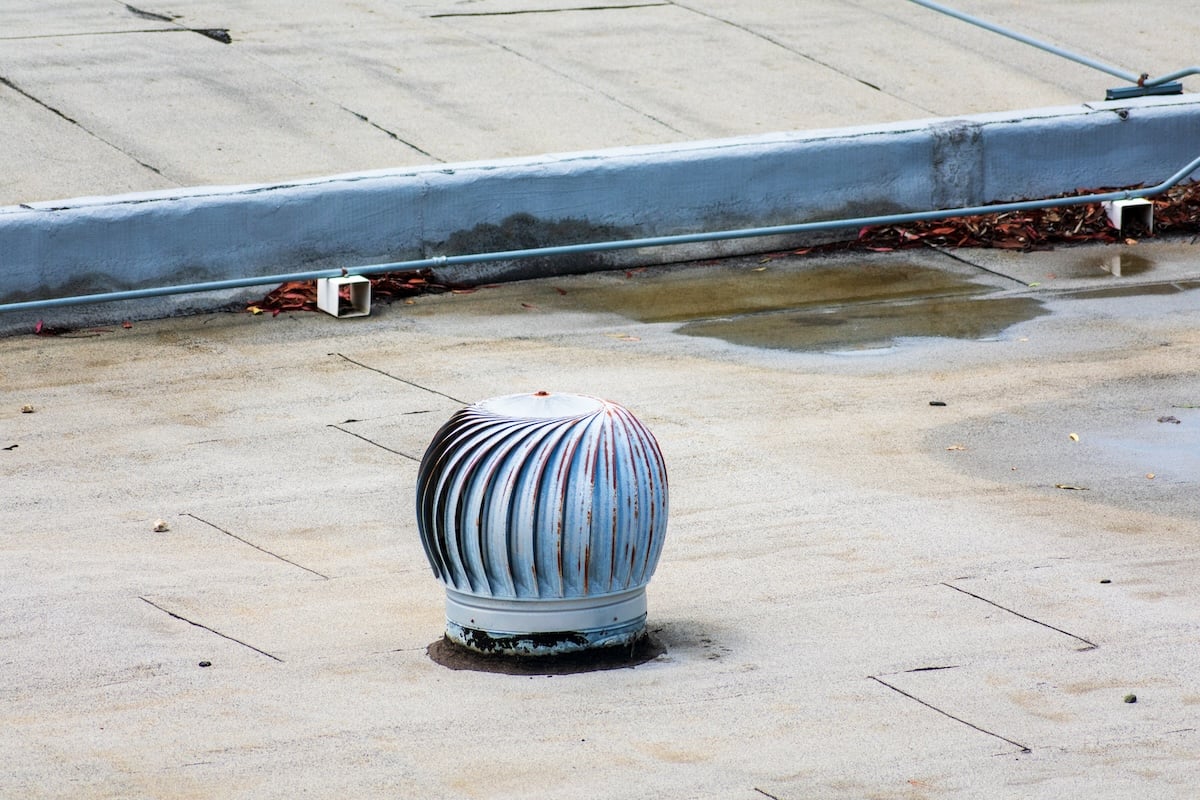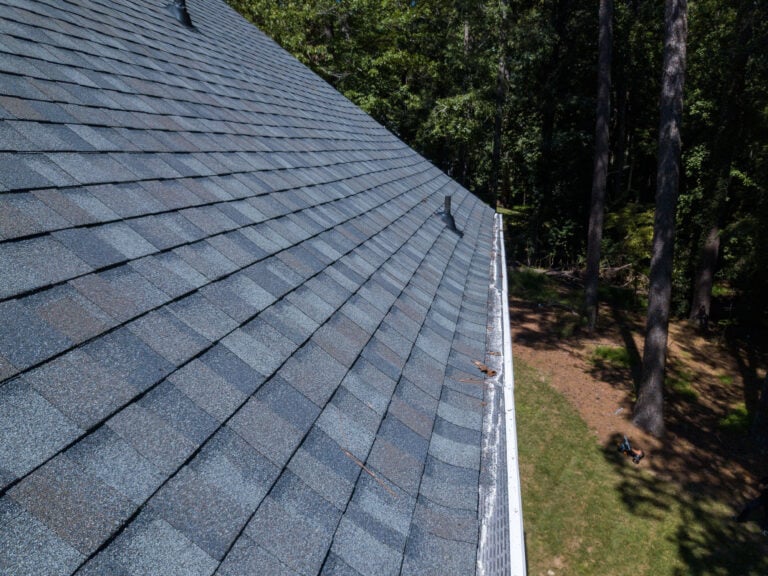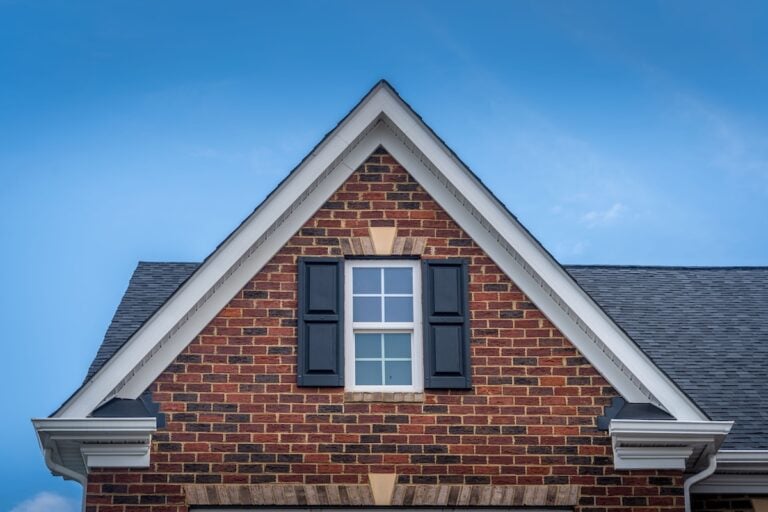Flat roofs are a popular choice for commercial properties due to their cost-effectiveness, simplicity, and practicality. However, maintaining them isn’t without challenges. Over time, exposure to harsh weather, wear and tear, and misuse can lead to problems that require prompt attention, often calling for professional commercial flat roof repair. Whether you own an office building, warehouse, or retail space, understanding potential roof issues and how to address them is vital. In this post, we’ll explore:
- How to identify these issues before they escalate
- Common issues with commercial flat roofs (with a helpful list for easy reference)
- Effective solutions to prolong the life of your flat roof
🔎 How to Spot Problems Before It’s Too Late
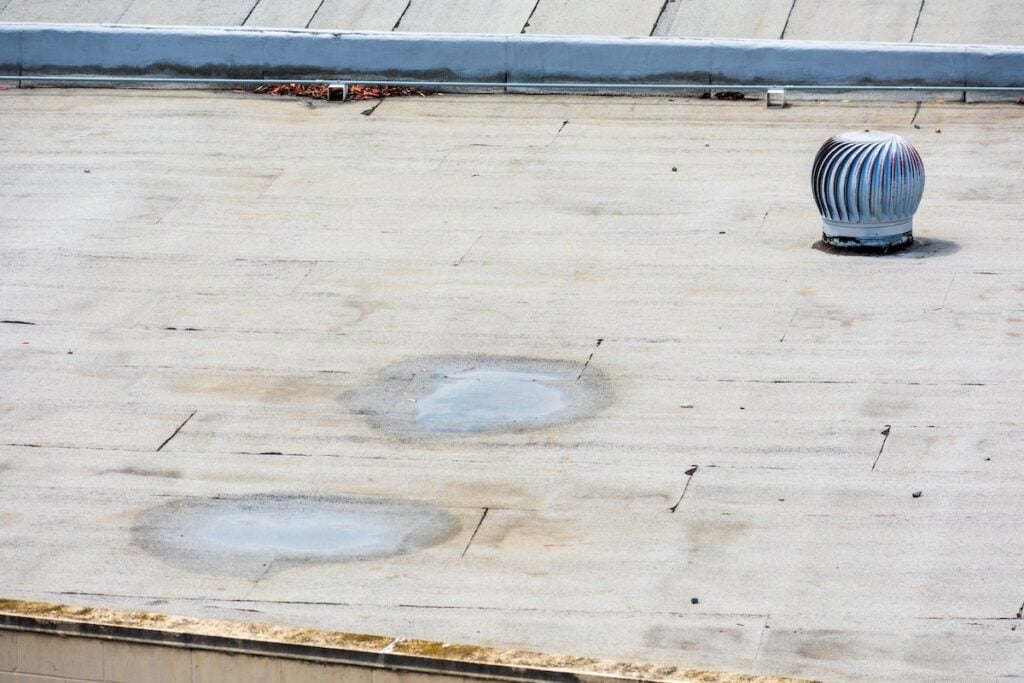
Your roof is one of the most important parts of your home, protecting you from the elements while maintaining your property’s structural integrity. Ignoring potential issues can lead to expensive repairs or even total roof replacement. The key is catching problems early before they escalate. Wondering how to do that? Follow these steps:
- Conduct regular roof inspections at least twice a year (preferably after extreme weather events).
- Include interior checks for ceiling stains, dampness, or mold growth.
- Trim overhanging trees and avoid debris buildup to keep the roof clear.
- Hire professionals for detailed assessments to ensure all issues are addressed.
👉 6 Common Issues with Flat Commercial Roofs (and How to Spot Them)
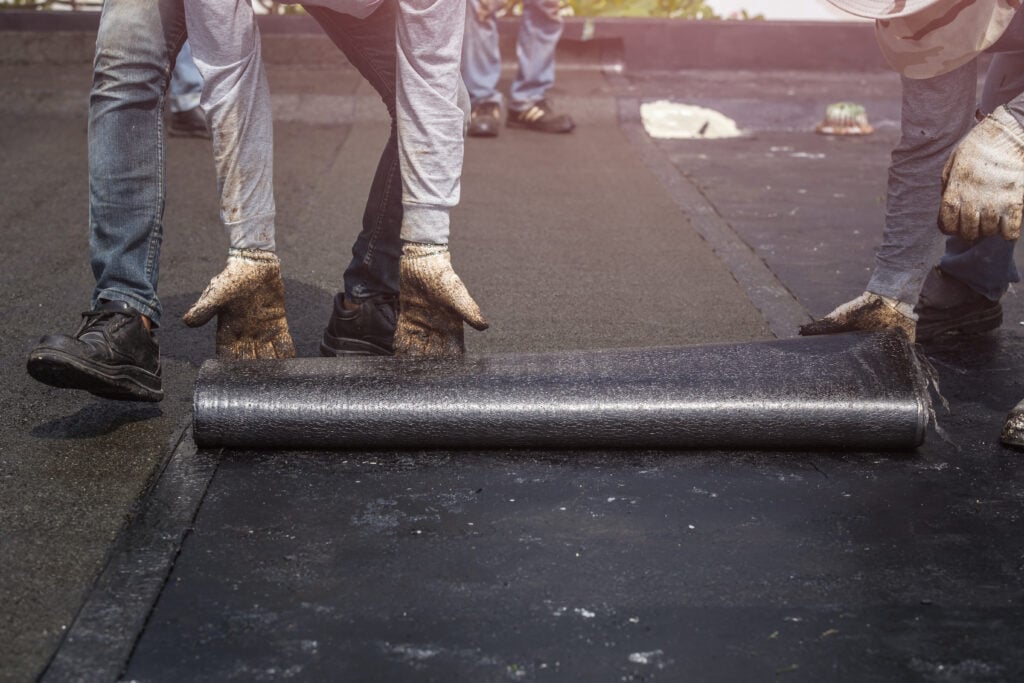
Flat roofs may appear simple, but they come with their own set of challenges. Here’s a list of the most common issuesand what to watch out for:
1. Ponding Water
Ponding water, or water pooling on the surface, is one of the most common issues faced by flat roofs. This problem typically arises when a flat roof lacks the proper slope or drainage systems to direct water away effectively. Over time, stagnant water adds significant stress to the roof’s structure, increasing the likelihood of sagging and material failure. Additionally, water left standing for extended periods can accelerate the breakdown of roofing materials, reducing the lifespan of the roof. Beyond structural concerns, ponding water can also serve as a breeding ground for algae and mold, which may lead to further damage or health hazards. After a rainstorm, it’s important to inspect your roof for standing water. If you spot it, it’s a clear sign that your drainage systems require immediate attention, whether through cleaning, adjustment, or installation of additional components.
2. Leaks and Moisture Damage
Flat roofs, with their minimal slope, are particularly vulnerable to leaks over time. Unlike pitched roofs that naturally allow water to run off, flat roofs can allow water to sit and seep through weak points in the membrane. This seepage can be incredibly damaging, leading to compromised structural integrity and costly repairs. Signs of a leaking roof include water stains on ceilings, wet insulation, or visible dripping inside the building. Left unaddressed, these leaks can also create an environment for mold growth, further endangering the health of occupants. Regular inspections of the membrane, seams, and interior spaces after heavy rain can help you identify leaks early before they cause substantial damage.
3. Cracking or Blistering
Roofing materials on flat roofs are subject to constant exposure to fluctuating temperatures, causing them to expand and contract repeatedly. Over time, this movement weakens the materials, leading to visible cracking or the formation of bubbles, known as blisters, on the surface. Cracks expose the underlying structure to water infiltration, while blisters can create weak spots that degrade further under pressure. These issues not only compromise the roof’s protective layer but can also spread if not addressed promptly. Routine inspections are crucial, and walking the roof to look for these irregularities is a simple way to catch problems early. If cracks or blisters are identified, professional repairs should be made to prevent further deterioration.
4. Flashing Issues
Flashing plays a critical role in maintaining a watertight seal around seams, edges, and penetrations like vents, chimneys, and walls. However, flashing is often one of the first components to fail on a flat roof due to poor initial installation or the natural effects of weathering. Over time, exposure to extreme temperatures, wind, and moisture can cause flashing to warp, crack, or detach completely. When flashing deteriorates, it creates vulnerabilities that allow water to enter the roof system, leading to leaks and structural damage. Regularly inspecting flashing for signs of wear and tear, especially around key areas like roof edges and vent connections, can help prevent major issues. Repairs or replacements should be made promptly to ensure the roof remains sealed and secure.
5. Poor Installation or Repairs
The quality of installation or repairs can make or break the longevity of a flat roof. Unfortunately, many roofing problems stem from poor workmanship during the initial installation or subsequent repairs. For example, uneven membranes, improper sealing of seams, or the use of low-quality materials can leave the roof susceptible to premature failure. These issues can result in uneven surfaces, water pooling, and leaks. Inexperienced contractors may also fail to adhere to industry standards or neglect critical steps, further compounding problems. To avoid these pitfalls, it’s essential to work with skilled and experienced roofing professionals. Taking the time to research and hire qualified contractors can save you significant time and money in the long run.
6. UV Damage
Flat roofs are constantly exposed to the elements, including harmful ultraviolet (UV) rays from the sun. Over time, prolonged exposure to UV radiation can cause roofing materials to deteriorate, weakening their structure and reducing their effectiveness. The membrane may become brittle, crack, or fade, particularly in areas that receive direct sunlight throughout the day. UV damage not only compromises the roof’s protective layer but also increases the likelihood of leaks and water infiltration. In addition to material degradation, UV exposure can also accelerate heat absorption, leading to higher energy costs for cooling the building. To mitigate UV damage, consider installing reflective coatings or UV-resistant roofing materials, and regularly inspect the roof for signs of brittleness or fading.
🛠️ Effective Solutions to Prolong the Life of Your Flat Roof
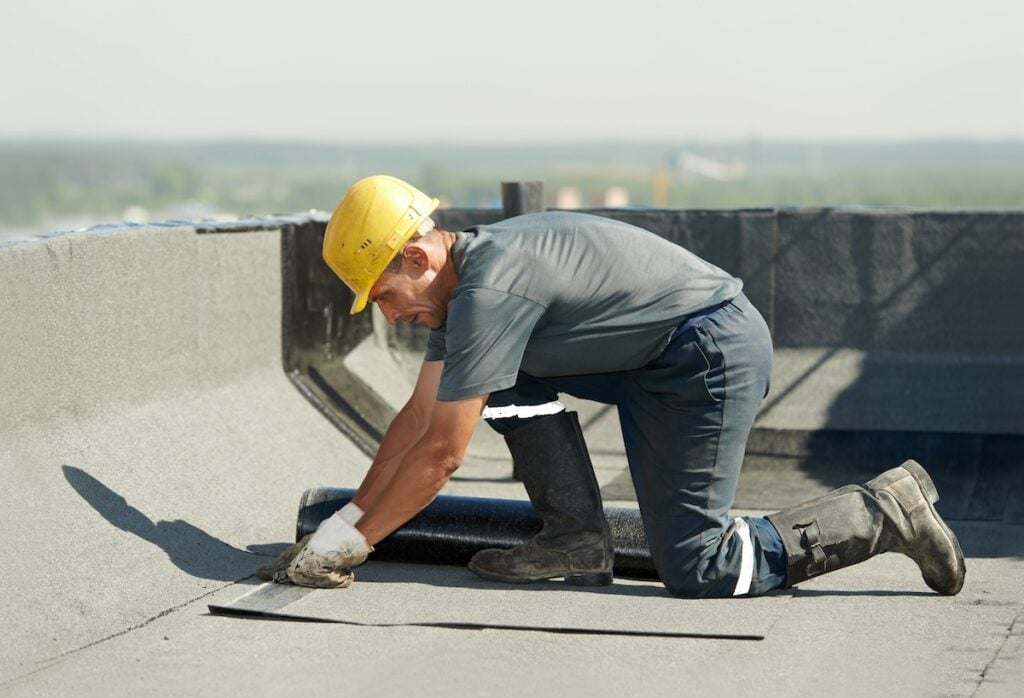
The good news? Most flat roof issues can be resolved with proper care and timely intervention. Here are some common remedies:
Professional Cleaning and Maintenance
Routine cleaning clears debris that can clog drains and trap moisture, both of which increase the risk of ponding water and accelerate roof deterioration. Regular preventative maintenance not only keeps the roof functional but can also add years to its lifespan by addressing small issues before they escalate.
Regular Drainage Improvements
Upgrading or adding drainage systems ensures water flows off the roof efficiently, preventing water from accumulating. Proper drainage reduces structural strain, minimizes leaks, and helps maintain the roof’s integrity over time.
Prompt Repairs
Even small cracks, punctures, or leaks can lead to significant damage if left unaddressed. Repairing these issues promptly with high-quality materials ensures a durable and lasting fix, preventing costly repairs down the line.
Resealing or Recoating
Flat roofs are particularly prone to wear from UV exposure, water, and temperature fluctuations. Periodic recoating or sealing strengthens the roof’s protective membrane, prolonging its life and improving resistance to the elements.
Flashing Replacements
Flashing around critical areas like vents, chimneys, or edges can wear down over time, compromising the roof’s water resistance. Regularly inspecting and replacing deteriorated flashing is essential to maintaining a watertight seal and preventing leaks.
Full Roof Replacement
When damage is too widespread or the roof has reached the end of its lifespan, a full replacement may be necessary. Choosing premium materials and hiring experienced professionals for installation ensures maximum durability and long-term performance.
🏢 Flat Roof Repair
At Palladium Roofing, we understand the unique challenges of maintaining and repairing commercial flat roofs. With years of expertise, high-quality materials, and a commitment to exceptional service, our team is dedicated to protecting your investment and ensuring your roof stands the test of time.
Don’t let roof damage put your business at risk—trust the experts at Palladium Roofing to get the job done right. Contact us today for a free consultation and let us take care of your roofing needs with professionalism and reliability.


